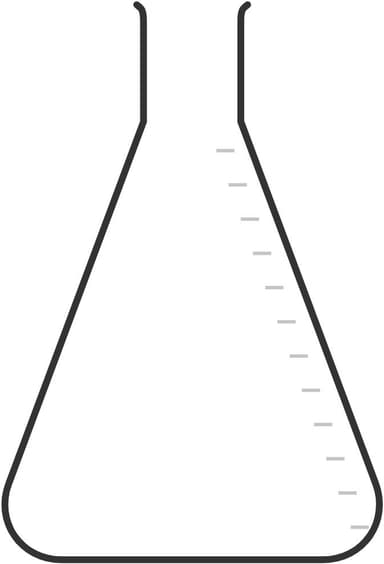Myths about teaching can hold you back
- Year 7
Mixing substances of different temperatures
I can predict the resulting temperature when two substances of different temperatures are put together.
- Year 7
Mixing substances of different temperatures
I can predict the resulting temperature when two substances of different temperatures are put together.
These resources were made for remote use during the pandemic, not classroom teaching.
Switch to our new teaching resources now - designed by teachers and leading subject experts, and tested in classrooms.
Lesson details
Key learning points
- Mixing hot water with cold water results in water cooler than the hot water and warmer than the cold.
- When hot and cold water are mixed, the temperature is closer to that of the water there was more of.
- A cold object placed in hot water makes the water particles move more slowly and those in the object move more quickly.
- A hot object placed in cold water makes the water particles move more quickly and those in the object move more slowly.
Keywords
Volume - the amount of space an object takes up
Particle model - the idea that all objects are made of tiny particles that are in constant motion
Temperature - the higher the temperature of an object, the faster its particles move and the hotter it is
Collide - when two objects bump into each other
Common misconception
When samples of water are added at different temperatures, some pupils add or subtract the temperatures, applying a mathematical process without appearing to think about what is happening.
Ask pupils to predict changes to the resulting temperature using water at a range of starting temperatures and then demonstrate each one, measuring the temperature of the resultant mixture each time.
To help you plan your year 7 science lesson on: Mixing substances of different temperatures, download all teaching resources for free and adapt to suit your pupils' needs...
To help you plan your year 7 science lesson on: Mixing substances of different temperatures, download all teaching resources for free and adapt to suit your pupils' needs.
The starter quiz will activate and check your pupils' prior knowledge, with versions available both with and without answers in PDF format.
We use learning cycles to break down learning into key concepts or ideas linked to the learning outcome. Each learning cycle features explanations with checks for understanding and practice tasks with feedback. All of this is found in our slide decks, ready for you to download and edit. The practice tasks are also available as printable worksheets and some lessons have additional materials with extra material you might need for teaching the lesson.
The assessment exit quiz will test your pupils' understanding of the key learning points.
Our video is a tool for planning, showing how other teachers might teach the lesson, offering helpful tips, modelled explanations and inspiration for your own delivery in the classroom. Plus, you can set it as homework or revision for pupils and keep their learning on track by sharing an online pupil version of this lesson.
Explore more key stage 3 science lessons from the Heating and cooling unit, dive into the full secondary science curriculum, or learn more about lesson planning.

Equipment
Content guidance
- Risk assessment required - equipment
Supervision
Adult supervision required
Licence
Prior knowledge starter quiz
6 Questions
Q1.A rectangular block of steel has a length of 8 cm, a width of 4 cm and a height of 3 cm. What is the volume of the block in cm³?
Q2.Which of the following pieces of equipment can measure the volume of a liquid most precisely?





